Customer Support
We're here to help! Email us anytime at support@wildlifethreads.com
Customer Support
We're here to help! Email us anytime at support@wildlifethreads.com
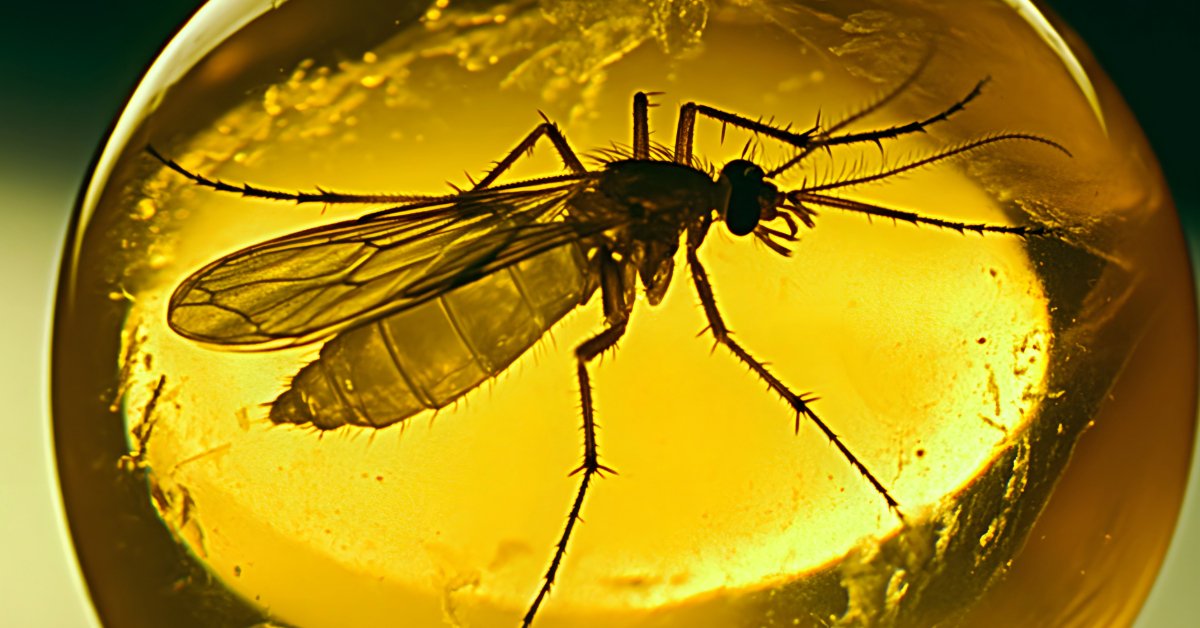
In the dense forests of Madagascar, a small and elusive creature—the aye-aye—clings to survival. Once thought to be a symbol of bad luck, this nocturnal lemur now faces a more formidable challenge: extinction. But scientists have a new weapon in their conservation arsenal—DNA.
Across the globe, from the vast savannahs of Africa to the rainforests of Southeast Asia, genetic science is offering fresh hope for species on the brink of extinction. With advances in DNA research, conservationists are unlocking the secrets of endangered animals’ genomes, giving them the tools to restore populations, protect biodiversity, and even bring extinct species back to life. But how is this done, and what does it mean for the future of wildlife conservation?
DNA, the molecular blueprint for all living things, carries the genetic information that determines everything from an animal’s physical traits to its resilience against diseases. For conservationists, understanding this genetic code can be the key to addressing the biggest threats to endangered species: loss of genetic diversity, inbreeding, and disease vulnerability.
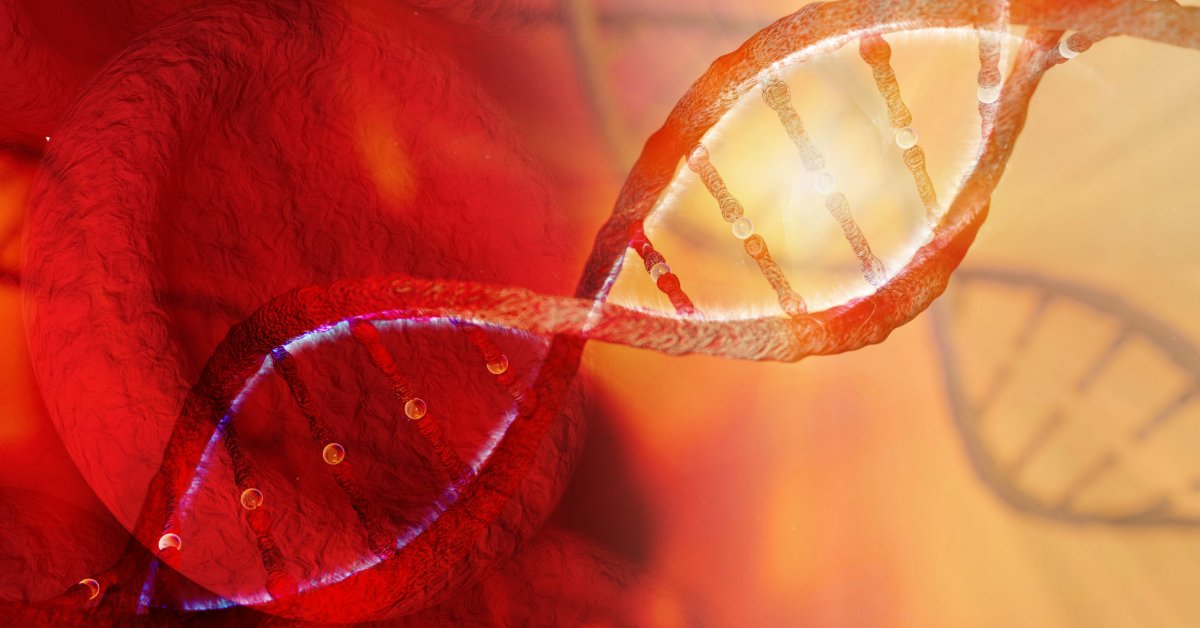
DNA stand and red blood cells
In the past, conservation focused largely on habitat protection and anti-poaching measures. While these remain essential, the genetic health of species is becoming a critical piece of the puzzle. Genetic diversity is vital for species’ survival. When populations shrink, their genetic pool narrows, making them more susceptible to disease and environmental changes. Using DNA, scientists can analyze the genetic makeup of endangered animals and work to maintain or restore this diversity.
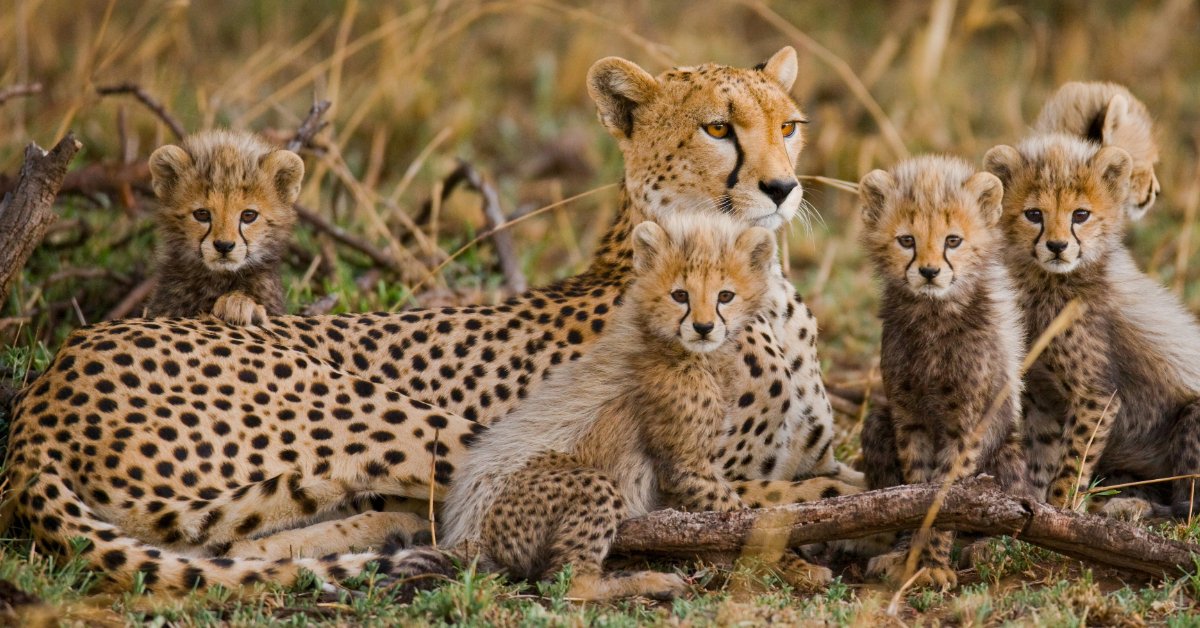
Female cheetah with her cubs
One of the most iconic species benefiting from genetic research is the cheetah. Known for its unparalleled speed, the cheetah has struggled with inbreeding for centuries, particularly after a population bottleneck that occurred around 10,000 years ago. With their genetic diversity drastically reduced, cheetahs today are vulnerable to disease and reproductive issues.
Through DNA analysis, scientists are identifying the specific genetic weaknesses of cheetah populations. By carefully managing breeding programs in zoos and wildlife reserves, they are minimizing the risks of inbreeding and increasing genetic variability. The goal? To create a more genetically resilient cheetah population that can thrive in the wild once more.
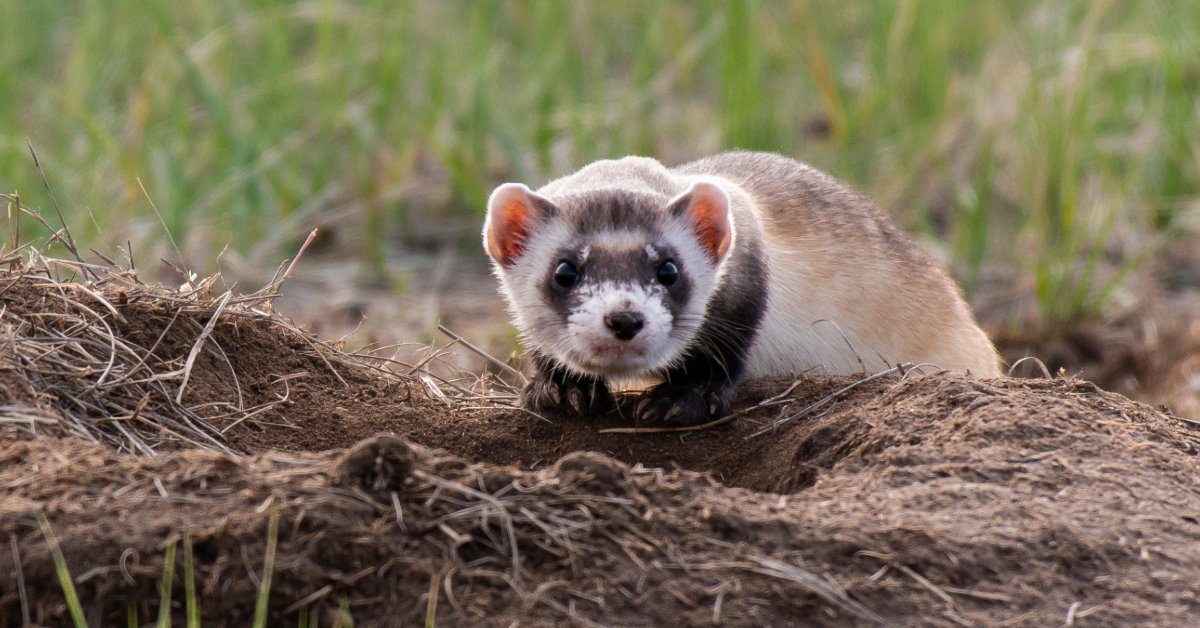
Endangered Black-footed ferret
While managing genetic diversity is essential, some scientists are exploring more radical approaches, including cloning and “de-extinction.” Cloning has already seen success with species like the black-footed ferret, one of North America’s most endangered mammals.
In 2020, scientists cloned a black-footed ferret named Elizabeth Ann from the DNA of an individual that died over 30 years ago. This genetic material was preserved in a frozen zoo—a biobank of DNA samples from endangered species. By reviving genetic diversity from the past, conservationists hope to bolster current populations and safeguard species from extinction.
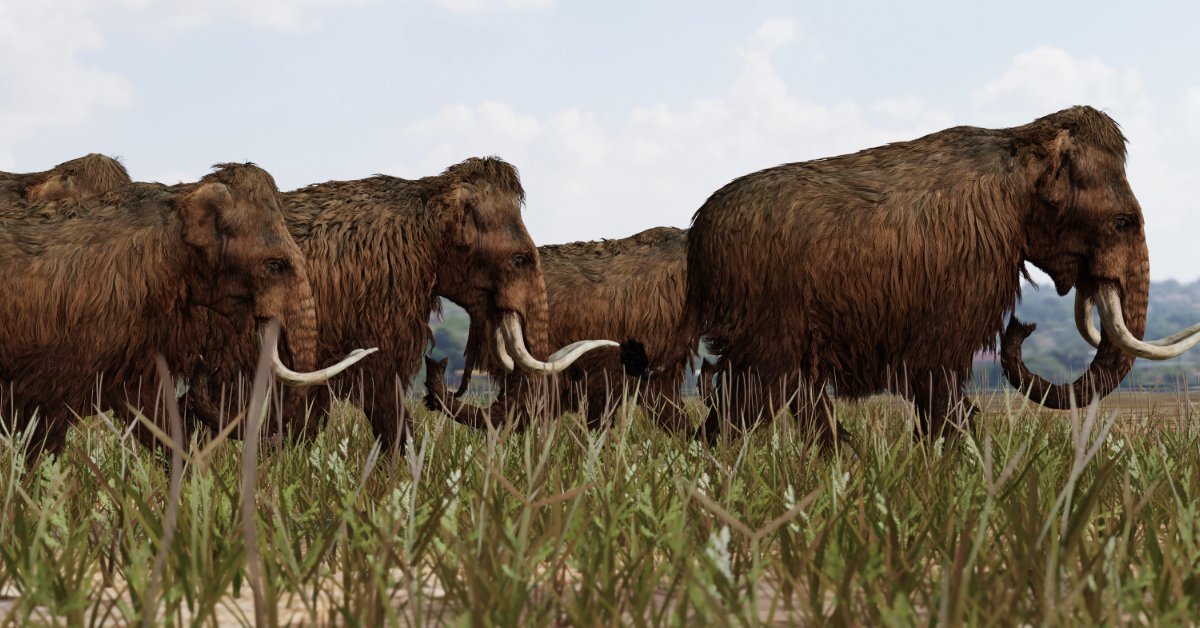
Woolly mammoths
But cloning is only the beginning. Some researchers are exploring the possibility of bringing extinct species back to life using DNA from long-gone animals. Woolly mammoths and passenger pigeons are two candidates for de-extinction, though this controversial approach raises complex ethical and ecological questions.
In addition to managing diversity, DNA is helping scientists fight the diseases that threaten endangered species. In amphibians, for example, the chytrid fungus has decimated frog populations worldwide. By studying the DNA of frogs that are resistant to the disease, scientists hope to breed more resilient populations and potentially develop a vaccine.
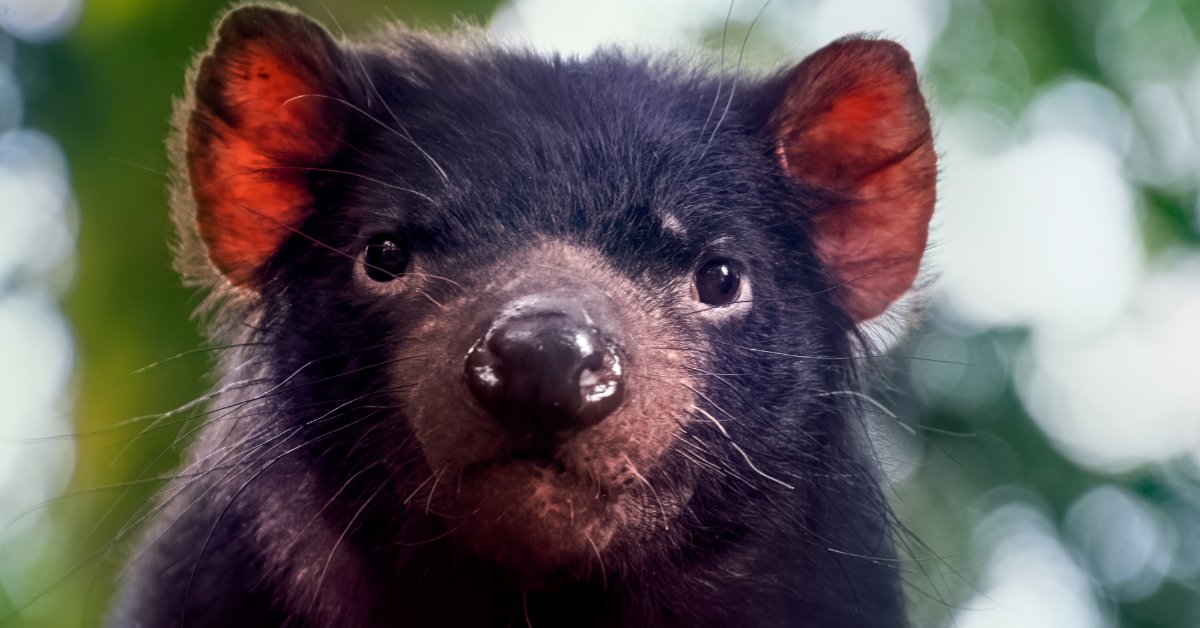
Tasmanian devil
In Australia, researchers are using similar DNA techniques to help the Tasmanian devil, a carnivorous marsupial battling a contagious form of cancer. Through genetic analysis, scientists are working to identify the few devils with natural resistance to the disease, with the aim of breeding a population that can overcome this deadly threat.
Perhaps the most exciting development in wildlife conservation is the use of CRISPR, a revolutionary gene-editing technology. CRISPR allows scientists to precisely alter an organism’s DNA, potentially correcting genetic defects or enhancing disease resistance.
In the future, CRISPR could be used to prevent inbreeding by introducing new genetic material into endangered populations or even to immunize species against diseases. While these applications are still in the experimental stage, the potential is vast. Imagine a world where endangered species can be “genetically edited” to better survive in changing environments, giving them a fighting chance against the threats posed by climate change, habitat loss, and human encroachment.
While the challenges facing wildlife are immense, the rise of genetic science offers a beacon of hope. By understanding and manipulating the DNA of endangered species, scientists are working not only to slow the rate of extinction but to reverse it.
However, this work is not without its limitations and controversies. Ethical concerns about cloning, genetic manipulation, and de-extinction remain hotly debated. Some argue that focusing too much on genetic solutions could detract from traditional conservation efforts, like habitat protection and combating poaching. But for many species, especially those with shrinking populations, the integration of genetic science could be their last chance for survival.
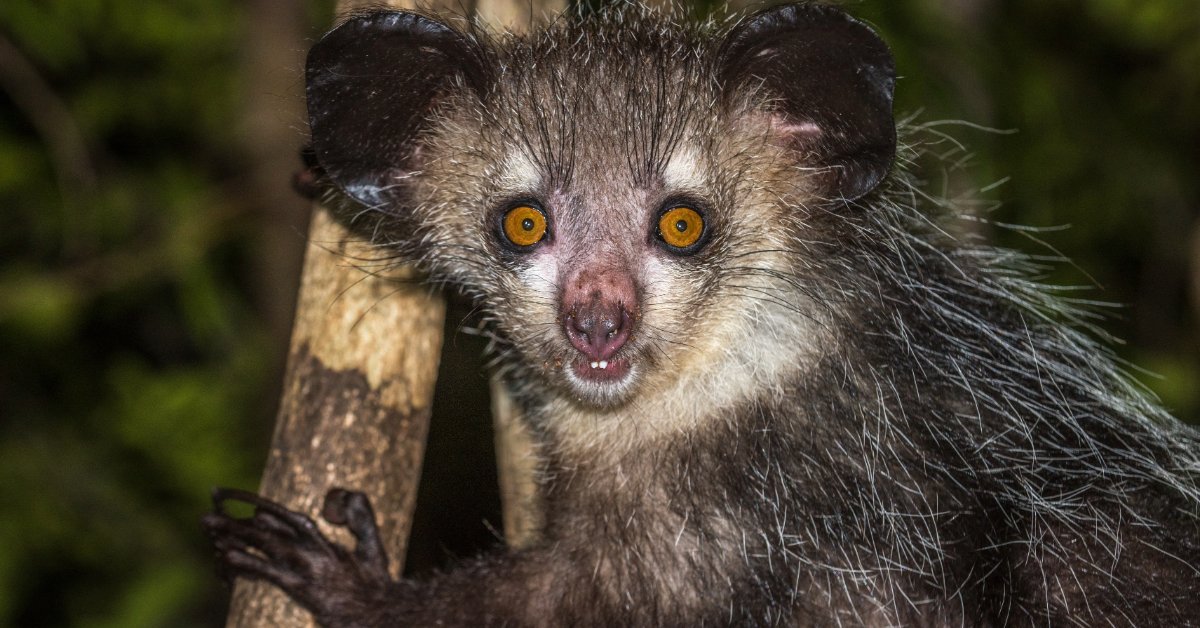
Aye-aye, nocturnal lemur
In the forests of Madagascar, researchers are now using DNA to study the genetic health of the endangered aye-aye, hoping to create a breeding program that ensures its future. Across the world, similar projects are underway, each striving to save some of the planet’s most endangered species by giving them a lifeline—encoded within their very DNA.
As the battle to save endangered species intensifies, DNA offers a powerful new tool. From preventing inbreeding and enhancing disease resistance to resurrecting lost species, genetic science is redefining what’s possible in conservation.
The road ahead is uncertain, but one thing is clear: without innovation, many species may not survive the 21st century. By harnessing the power of DNA, conservationists are rewriting the fate of some of the world’s most vulnerable animals—and in doing so, preserving the biodiversity that sustains life on Earth.
Discover art that speaks to you. Click on a category below to explore our curated collections on our Etsy store.